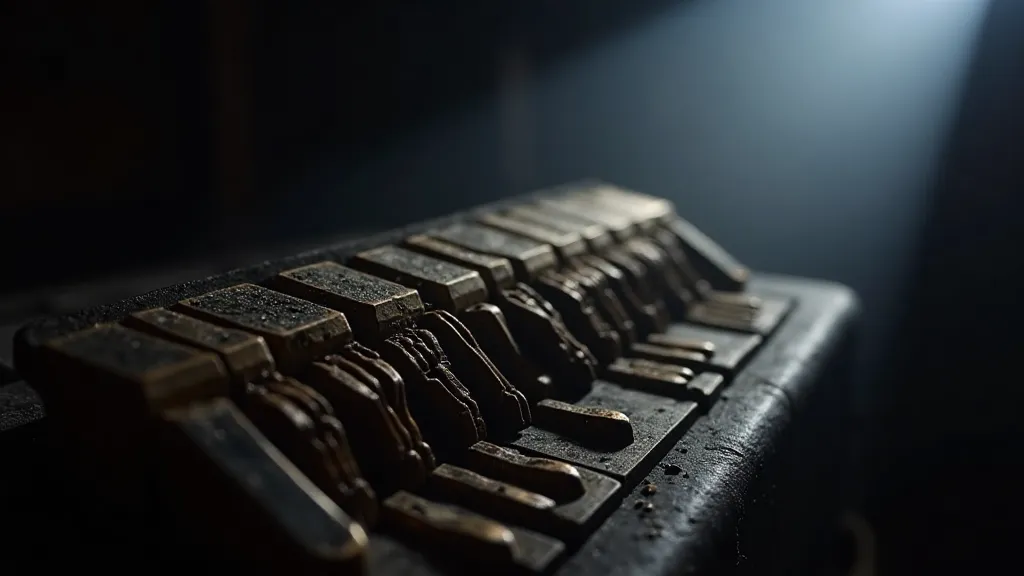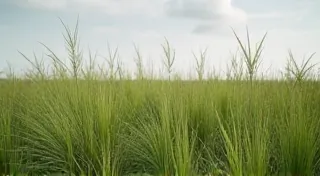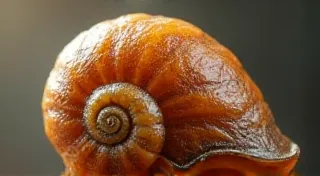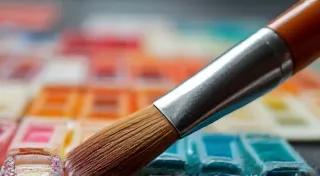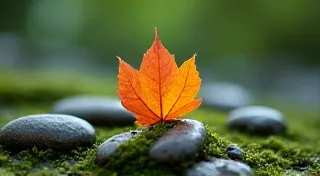The Melancholy of Displacement: Instruments as Transient Vessels of Lost Landscapes
The world’s music is a living tapestry, woven from threads of human experience. But what happens when the looms themselves are uprooted, when communities are scattered and traditions fragmented? The instruments they carry become more than tools for making music; they become poignant repositories of memory, echoing the landscapes and lives left behind. This article explores the bittersweet legacy of regional instruments in diaspora, focusing particularly on the evocative story of the accordion – an instrument often inextricably linked with journeys, loss, and the yearning for home.
Music, at its core, is deeply intertwined with place. The sounds of a region are shaped by its geography, its history, and the lives of the people who inhabit it. Think of the mournful wail of the Armenian duduk, inseparable from the landscapes of Armenia, or the lilting melodies of the Andean panpipes, conjuring images of snow-capped mountains and vibrant indigenous cultures. When communities migrate, these sonic fingerprints – these vital connections to their heritage – travel with them. But the journey is rarely seamless; it’s a process of adaptation, transformation, and, often, profound loss.
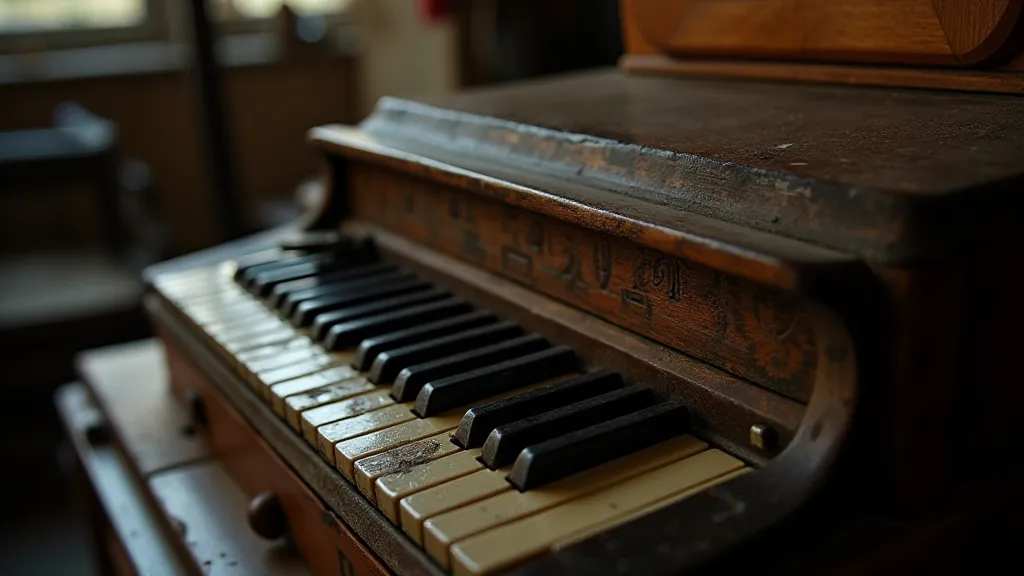
The Accordion's Odyssey: A Symbol of Migration
The accordion, in particular, has been a constant companion on countless journeys of displacement. Its relatively compact size made it easily transportable, and its versatility allowed it to adapt to a wide range of musical styles. From the Irish diaspora in America to the Balkan migrations across Europe, the accordion has been a vessel carrying the melodies of lost homelands. It has played a vital role in keeping traditions alive, even as those traditions were diluted and reshaped by new experiences.
My grandfather, Stefan, was a Romani musician who emigrated from Bulgaria to Germany after the Second World War. He carried his accordion, a Hohner Monarch from the 1930s, across borders and through hardship. I remember him playing in the evenings, the music a swirling mix of Bulgarian folk tunes and German schlager. The sound wasn’t quite the same as what I heard on old recordings from my father – something was lost in translation, altered by circumstance. But the intention, the aching desire to connect to a lost past, was palpable. It was a bittersweet performance, a lament for what was gone and a testament to the enduring power of music.
The Craftsmanship of Memory
Beyond the music itself, the physical instruments themselves are often imbued with immense emotional value. Antique accordions, particularly, become precious heirlooms, passed down through generations. The craftsmanship involved in their creation speaks to a dedication and artistry that is increasingly rare in our mass-produced world. Consider the meticulous hand-carving of the bellows, the intricate mechanism of the reed pallets, the precision needed to tune each individual reed. These aren’t just objects; they're tangible representations of a lost way of life.
Restoring an antique accordion is more than just a technical repair; it’s an act of reverence. It's a way of reconnecting with the hands that built it, the musicians who played it, and the communities it served. It's a process that requires patience, skill, and a deep understanding of the instrument’s history. The subtle imperfections – the worn keys, the faded varnish – these aren't flaws; they're marks of a life lived, a story told.
Transformation and Adaptation: New Sounds from Old Roots
While these instruments serve as anchors to the past, they are not static relics. In diaspora, musical traditions inevitably transform and adapt. New influences blend with old, creating hybrid genres and evolving musical landscapes. This can be a source of both joy and melancholy. The sounds may change, but the underlying emotional resonance often remains.
Consider the Tejano music of the Texan-Mexican community. The accordion, brought by Mexican immigrants, became a cornerstone of this vibrant genre, fusing traditional Mexican folk music with influences from polka, country, and rock and roll. The result is a uniquely American sound, a testament to the power of cultural exchange and the resilience of tradition.
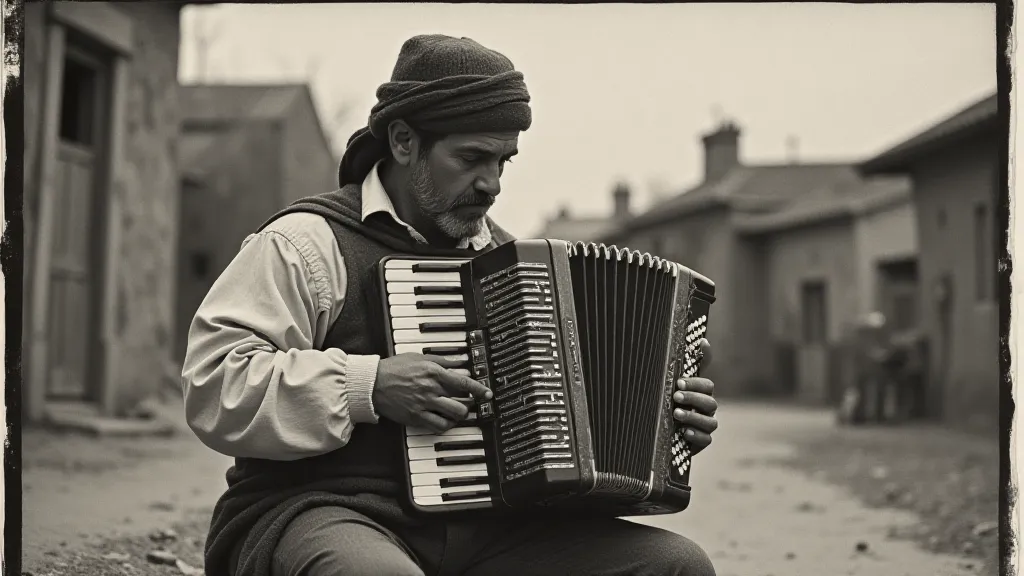
The Collector's Perspective: More Than Just an Instrument
For those who collect antique instruments, the allure goes beyond mere aesthetics or monetary value. It’s about preserving a piece of history, safeguarding a cultural heritage. Each instrument has a story to tell, a silent witness to the lives of those who played it. The value isn't solely about rarity or condition; it’s about the intangible essence of the instrument—the echoes of the music it has produced, the memories it holds.
A worn bellows, a cracked reed, a faded label—these aren’t signs of decline; they’re indicators of a rich and complex history. They speak to the journeys undertaken, the hardships endured, and the enduring power of music to connect us to our past. Collecting these instruments isn’t just about acquiring objects; it’s about curating a collection of memories, a tangible representation of a cultural legacy.
The Future of Transient Sounds
As globalization continues to reshape the world, the phenomenon of displacement is likely to become even more prevalent. It is crucial that we actively work to preserve and celebrate the musical traditions that are carried by migrating communities. Supporting traditional musicians, documenting oral histories, and promoting cross-cultural exchange are all vital steps in this process.
The melancholy of displacement is undeniable, but so is the resilience of the human spirit. The instruments that carry the melodies of lost landscapes serve as powerful reminders of our shared humanity, connecting us to our past while inspiring us to build a more inclusive and harmonious future. They are, in essence, transient vessels – fragile yet enduring – carrying the echoes of a world in constant flux.
